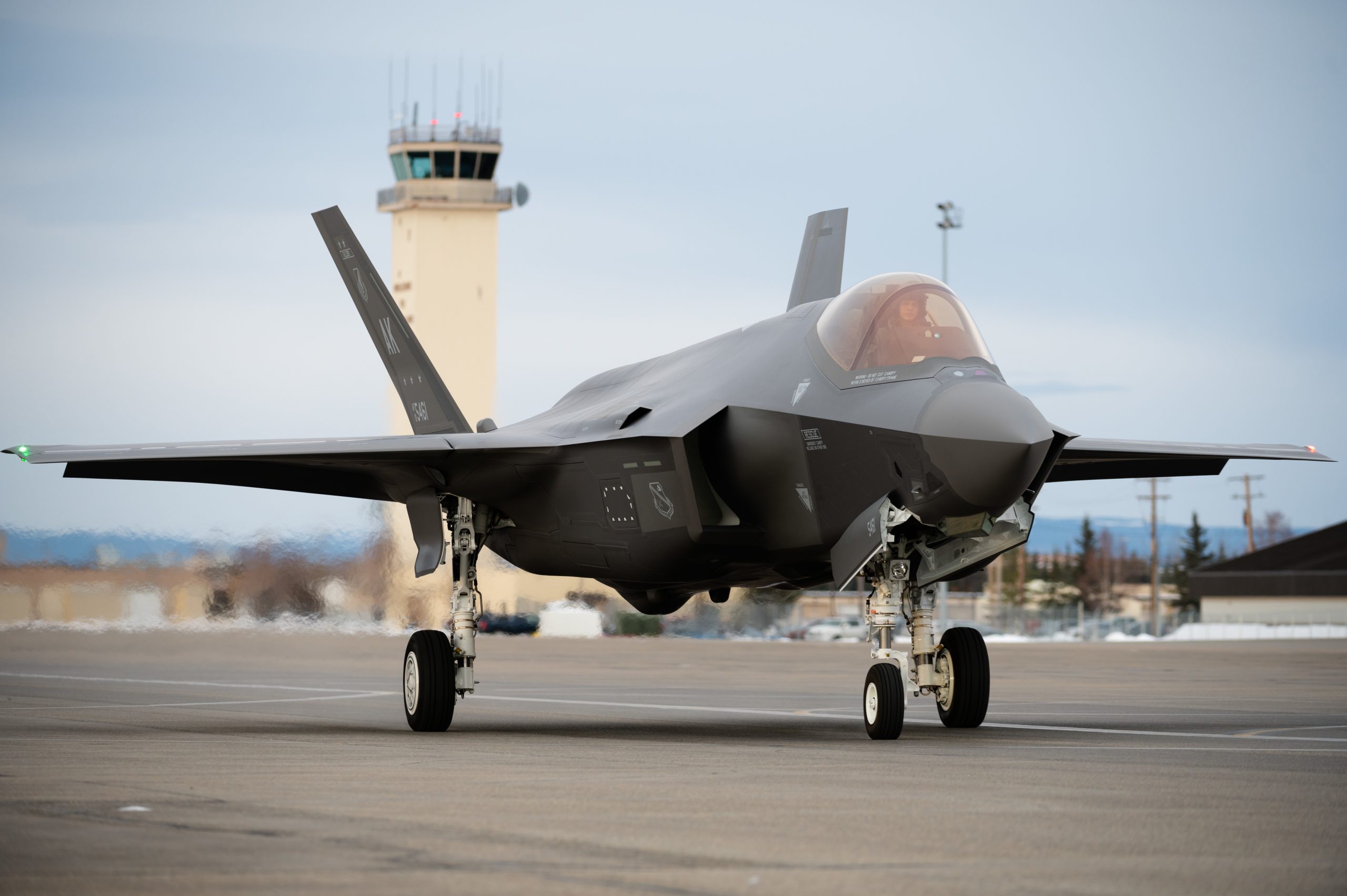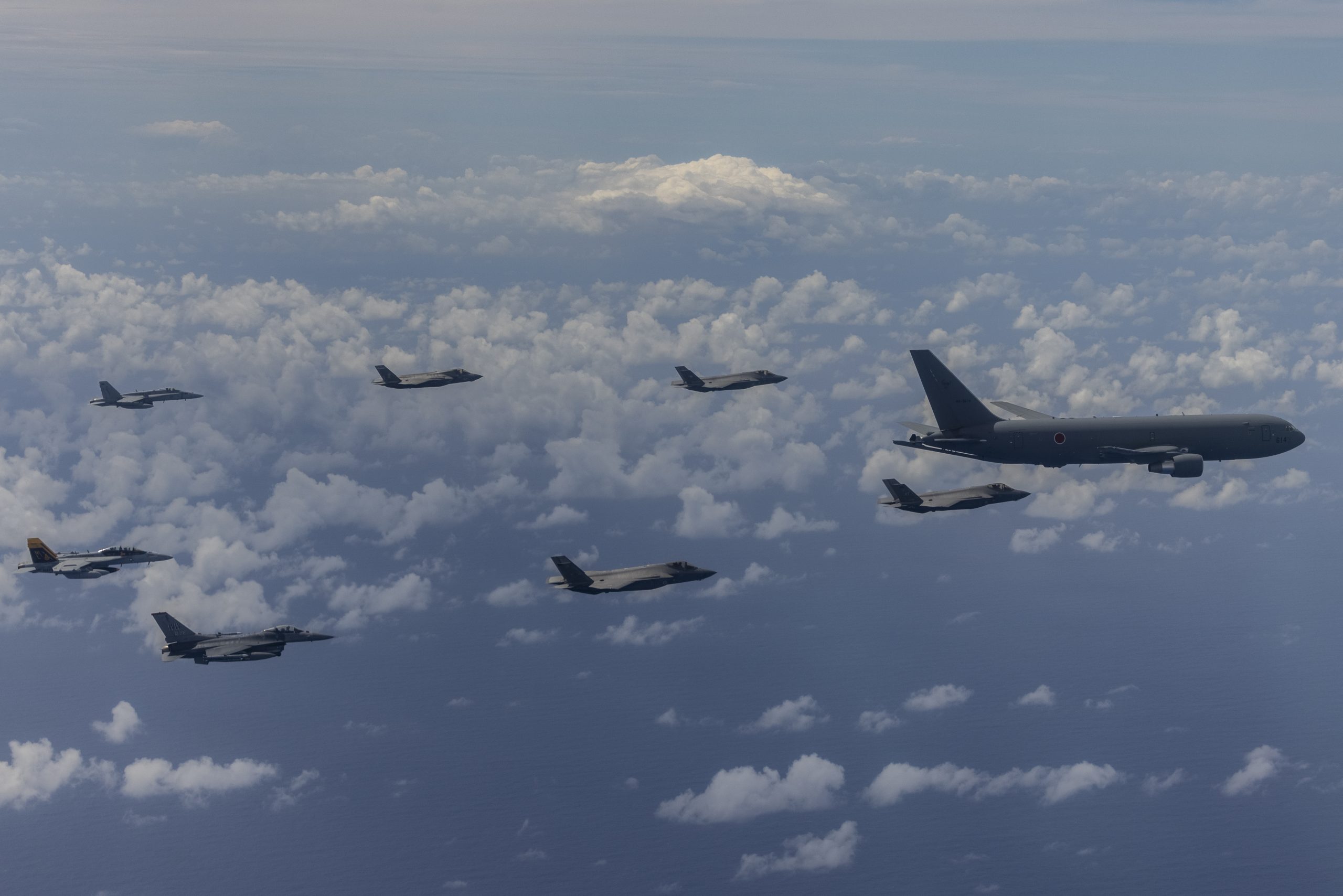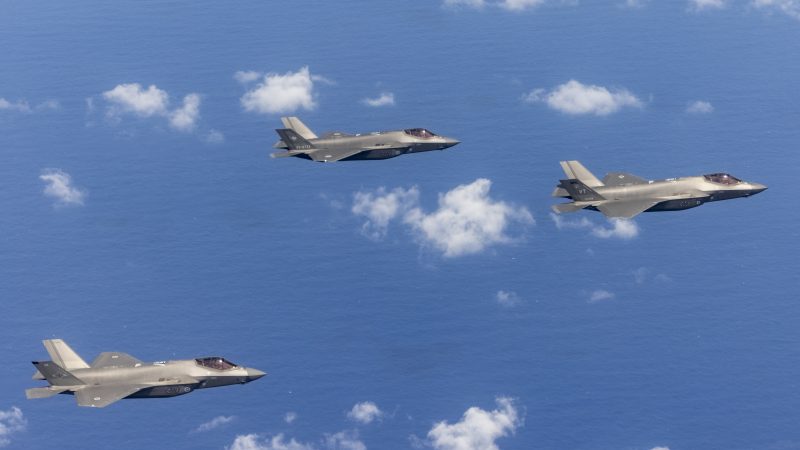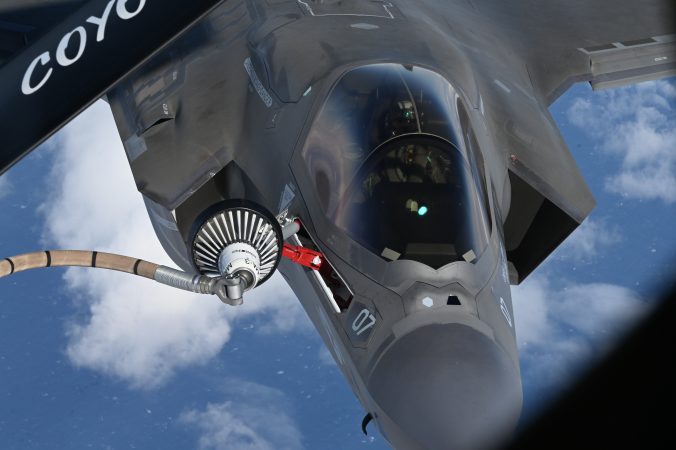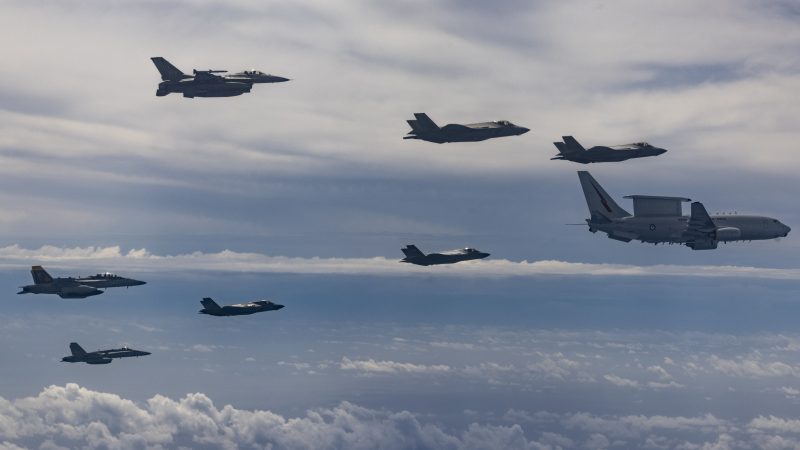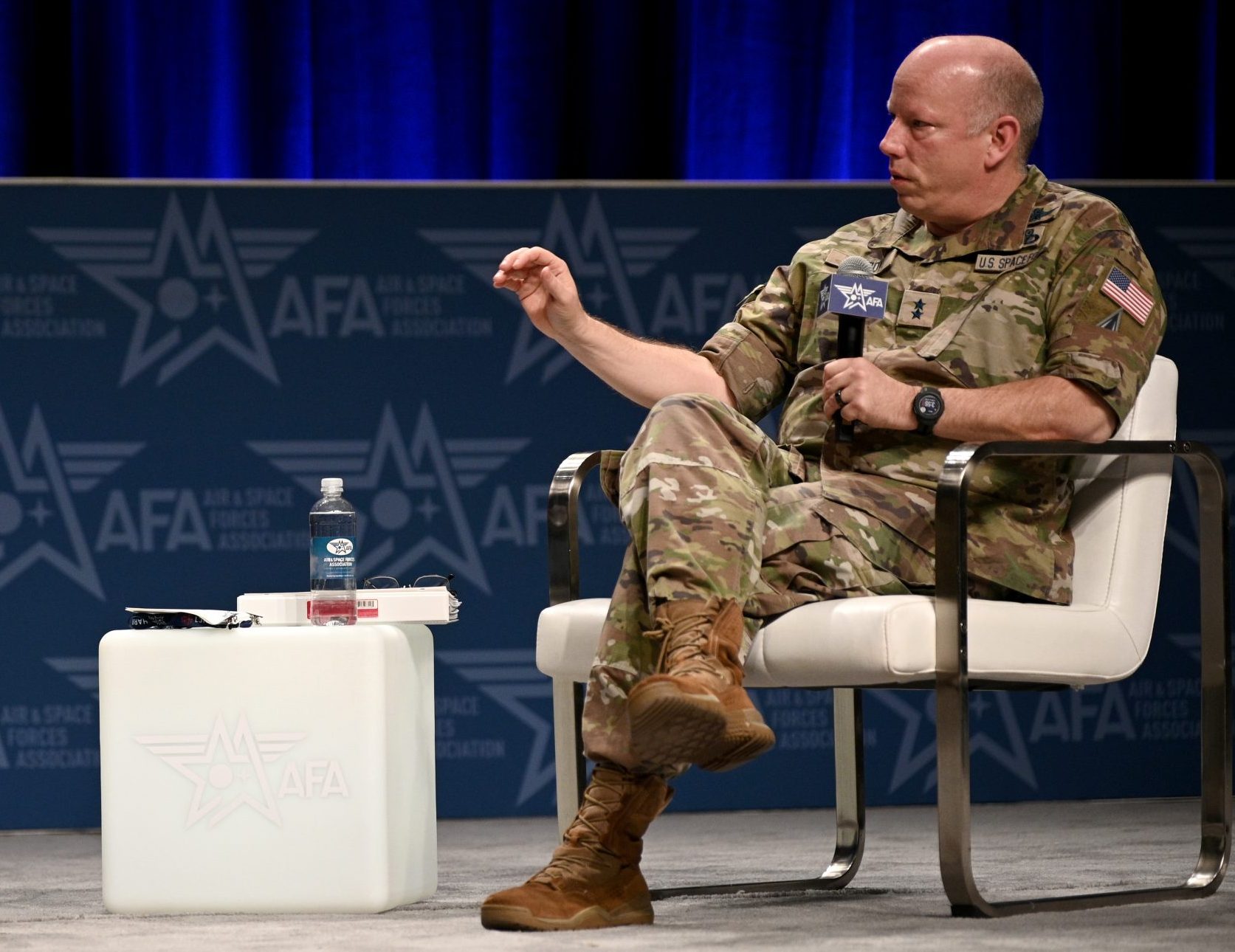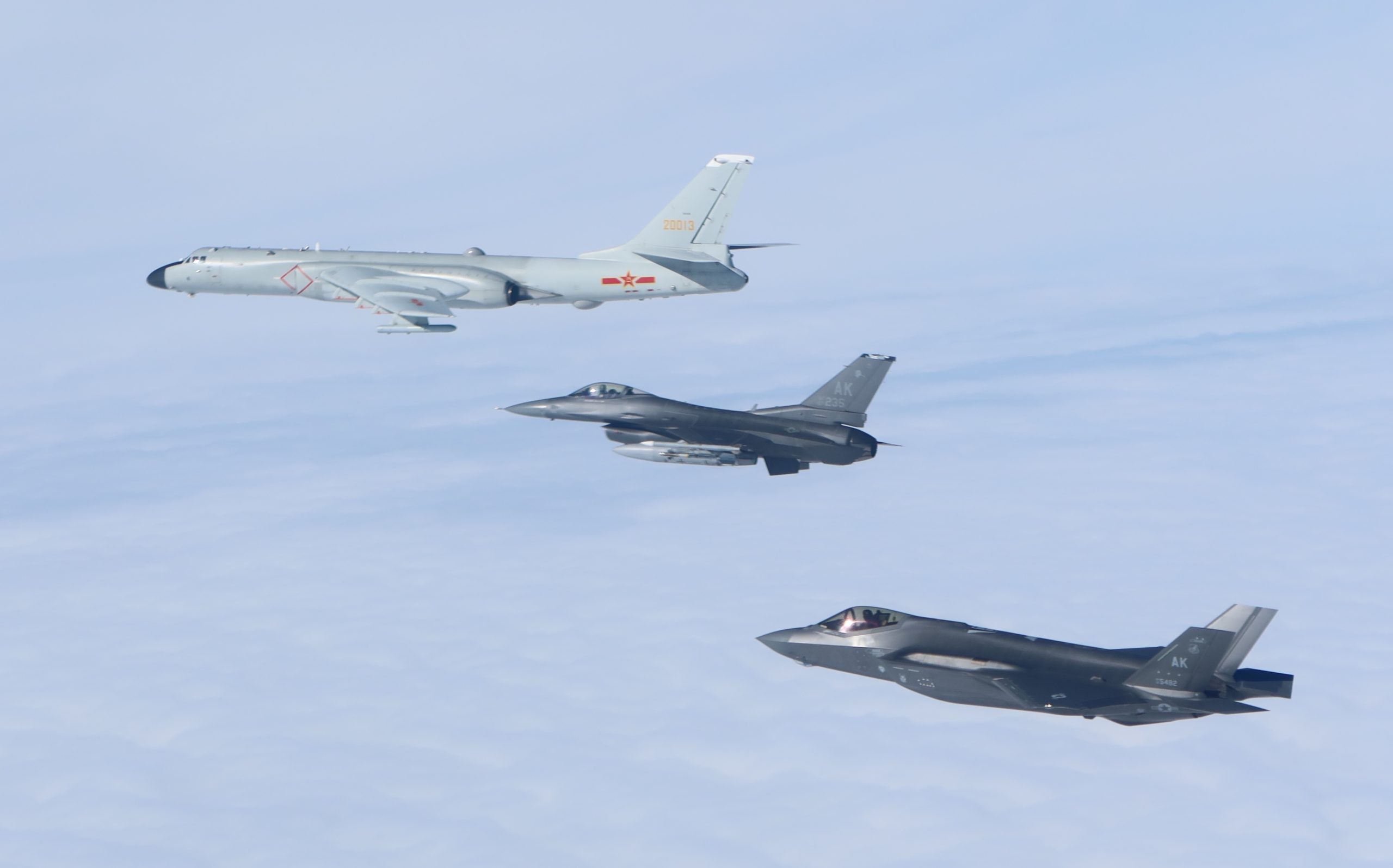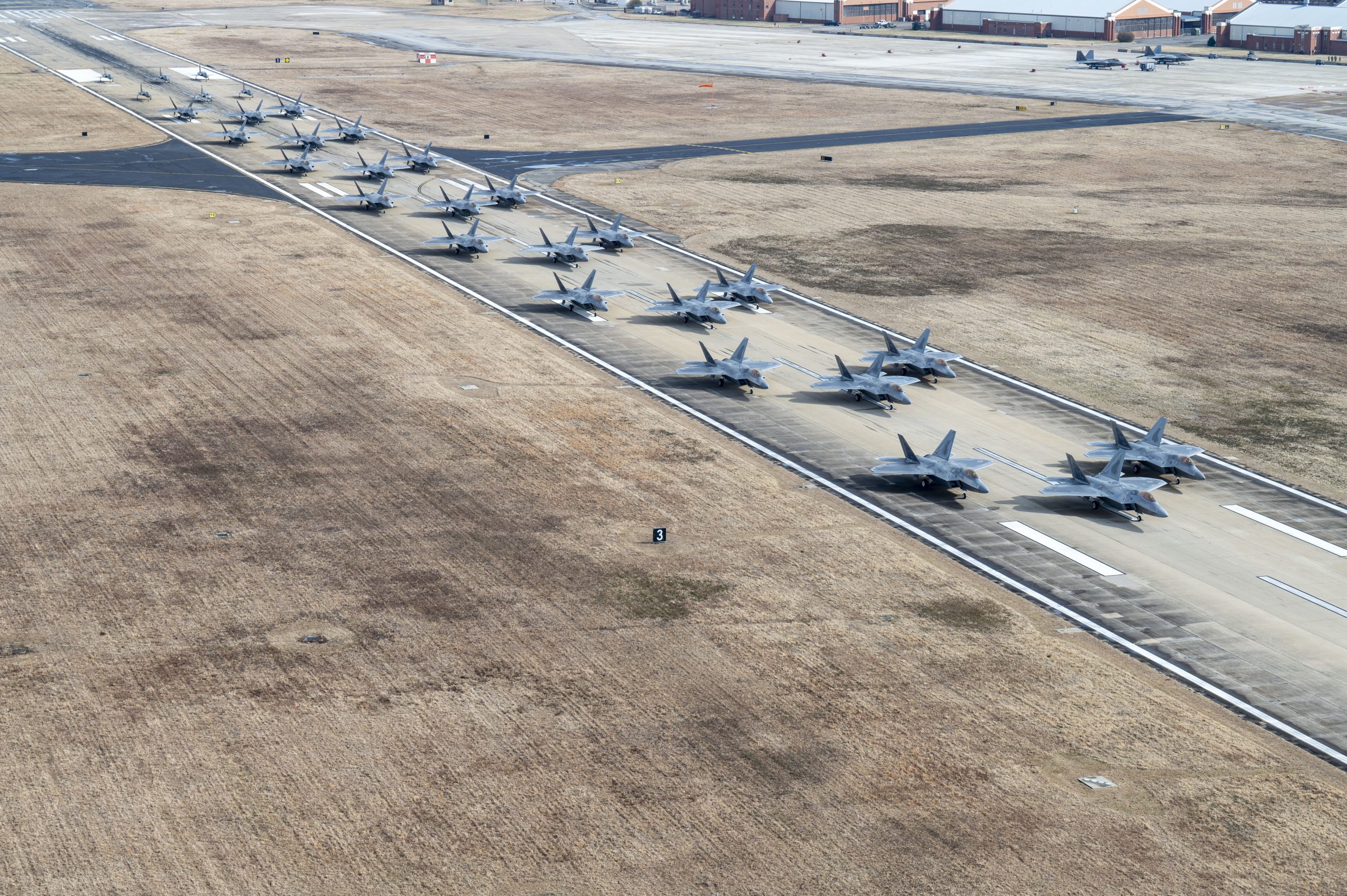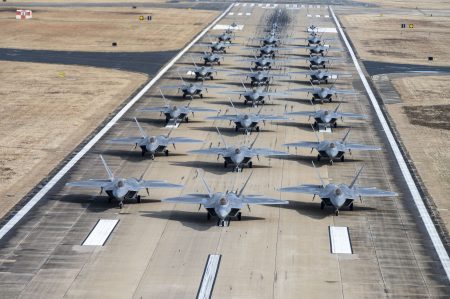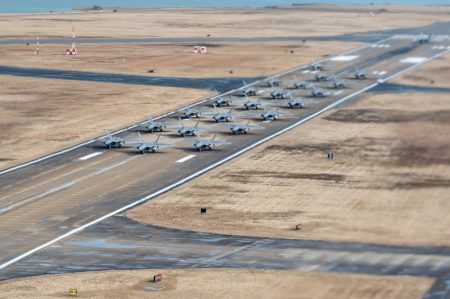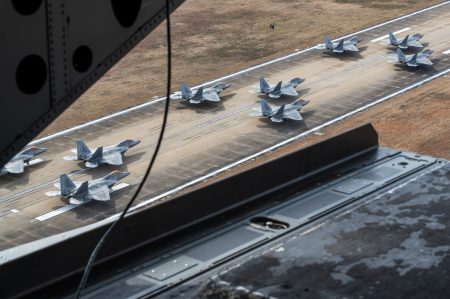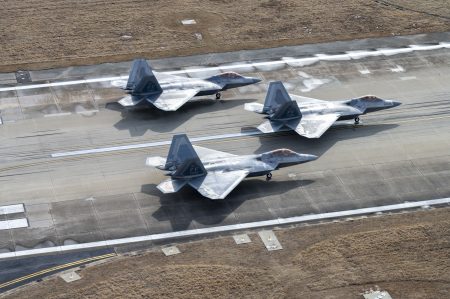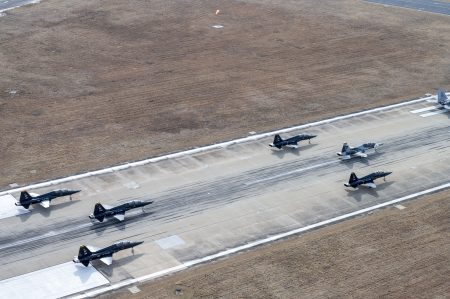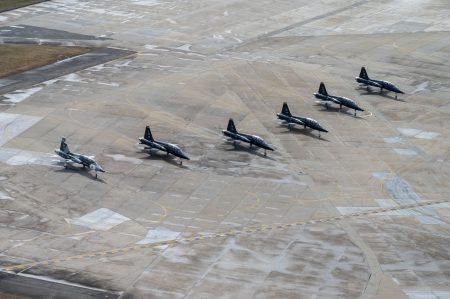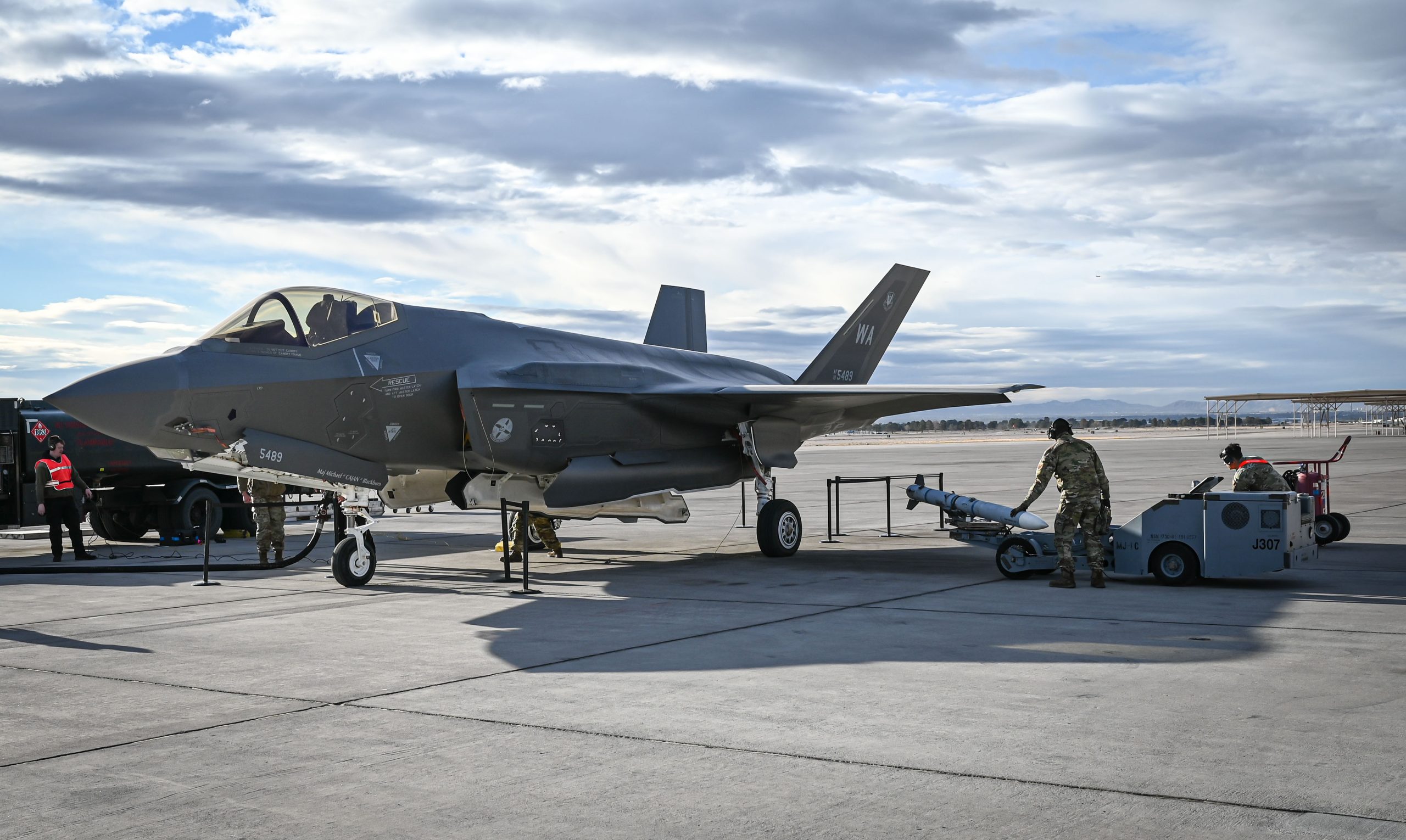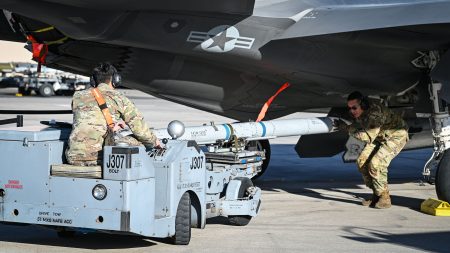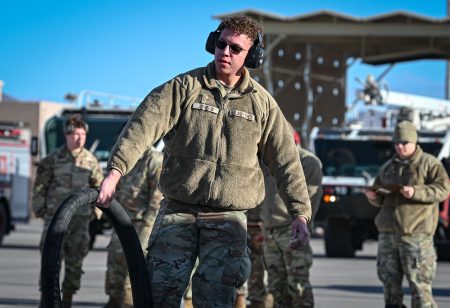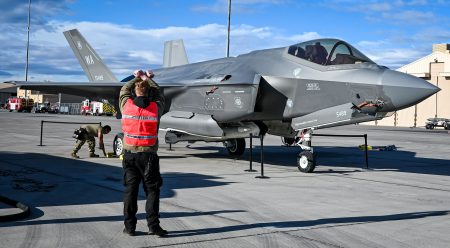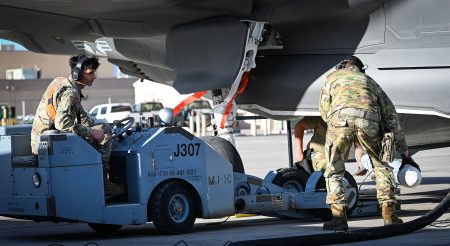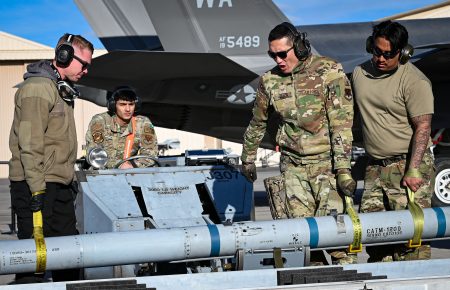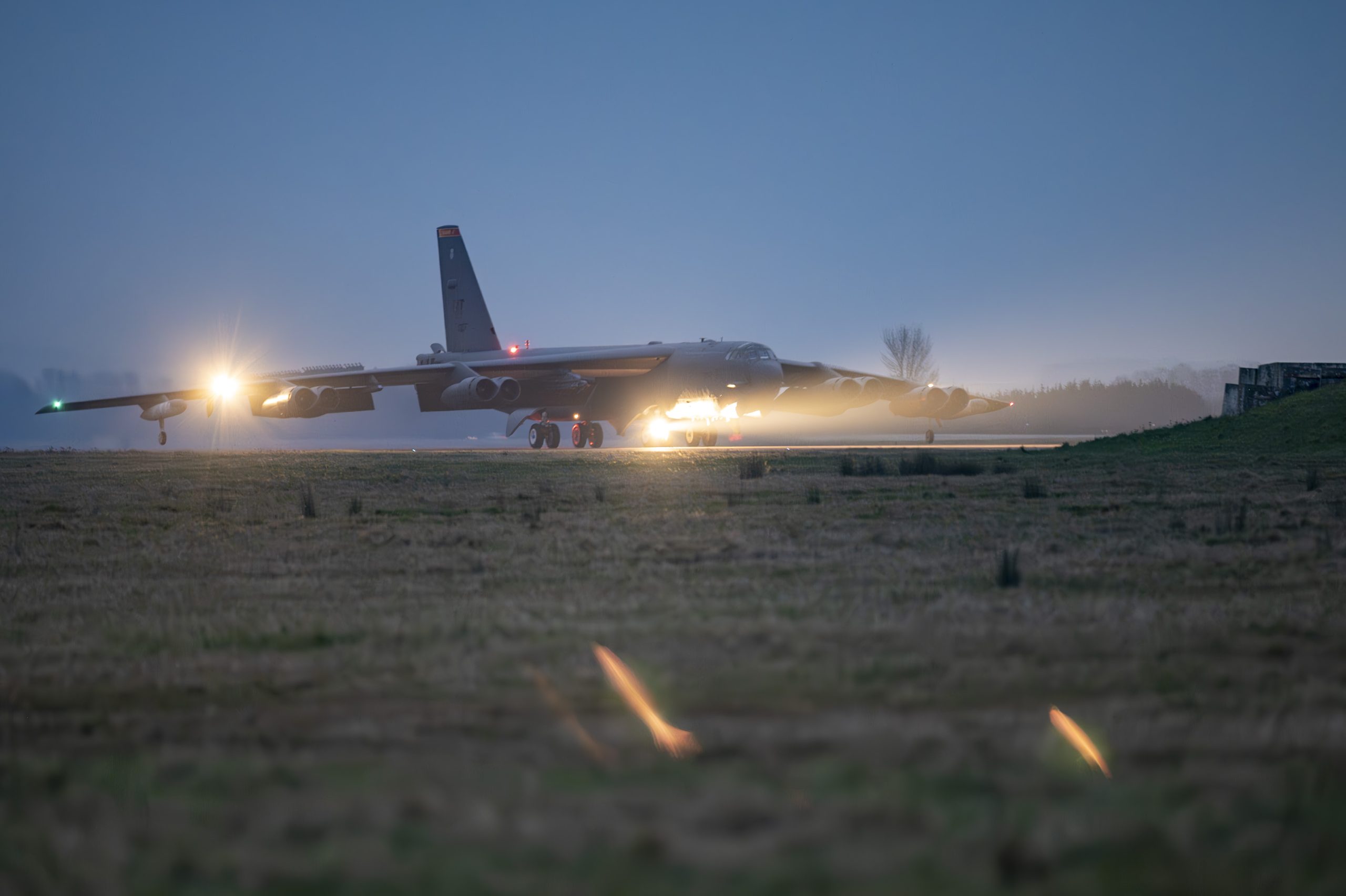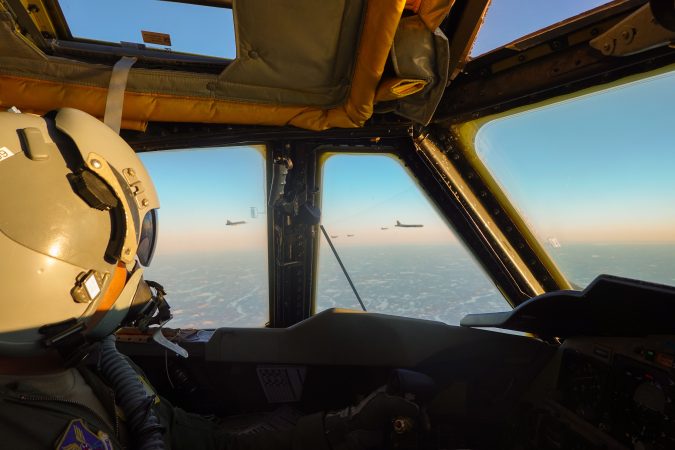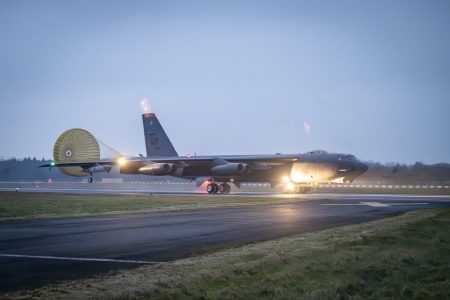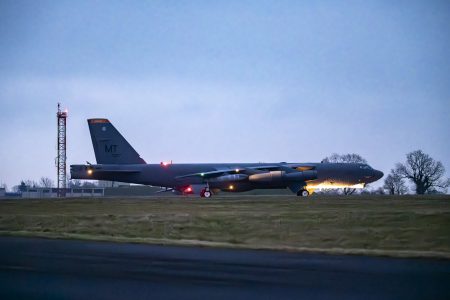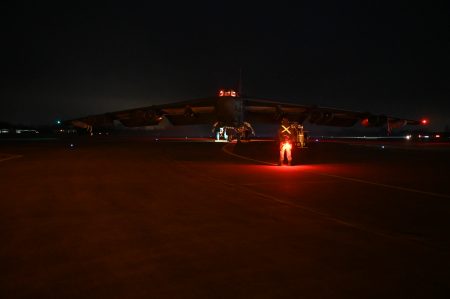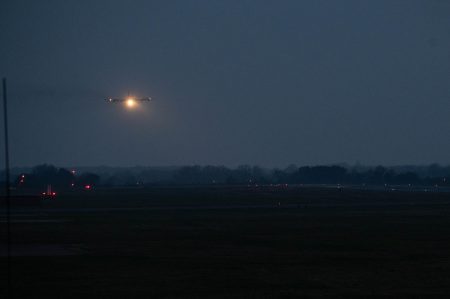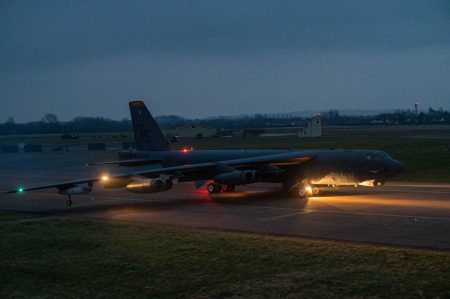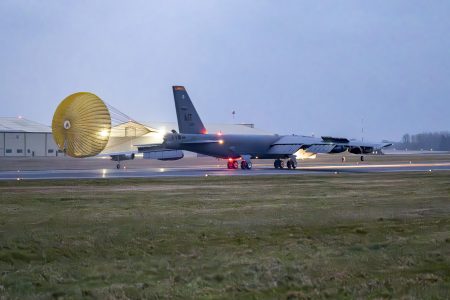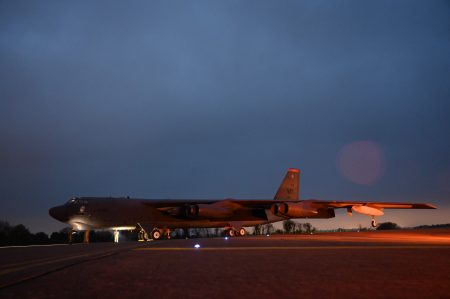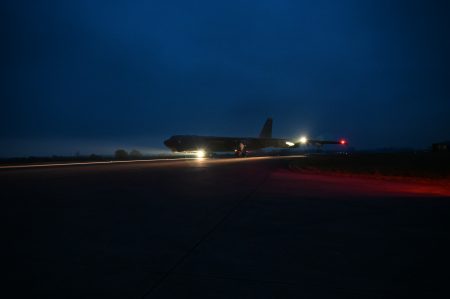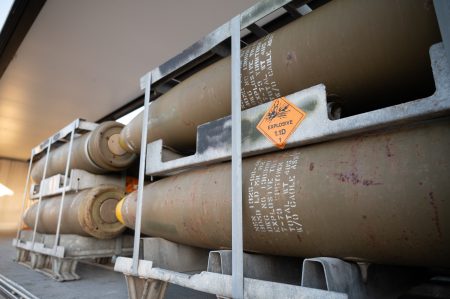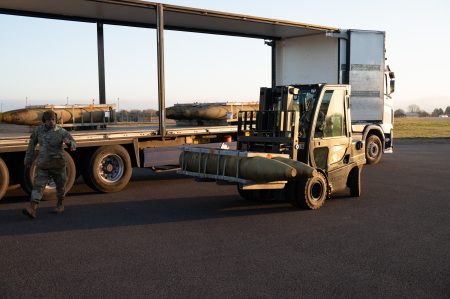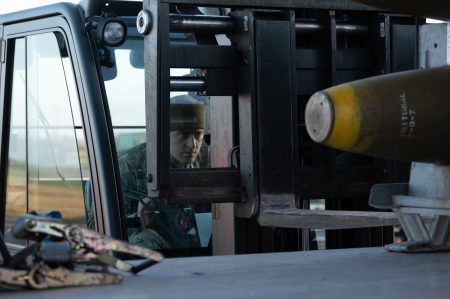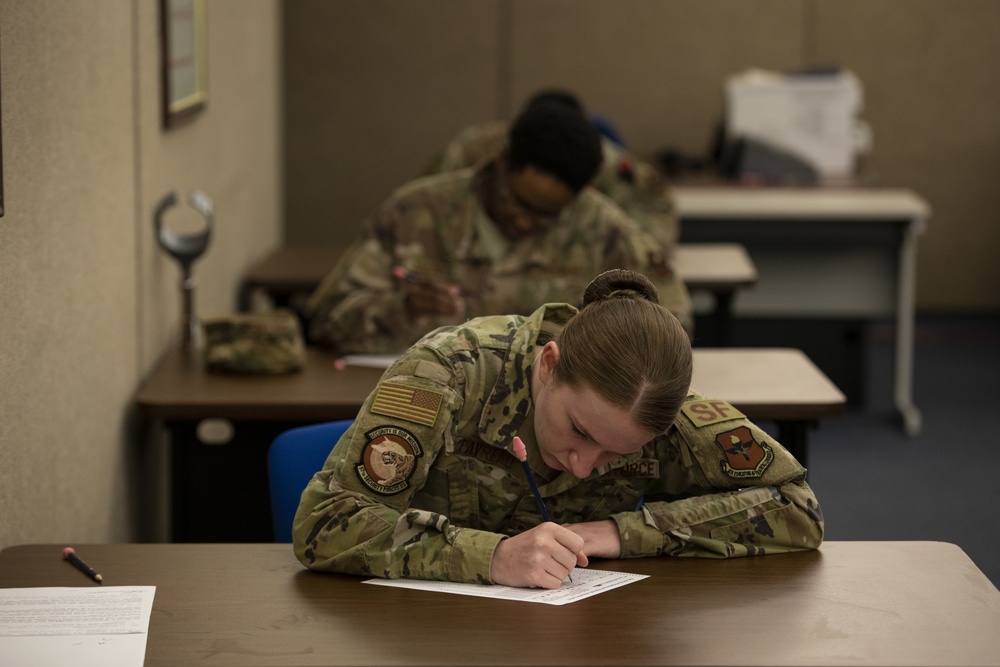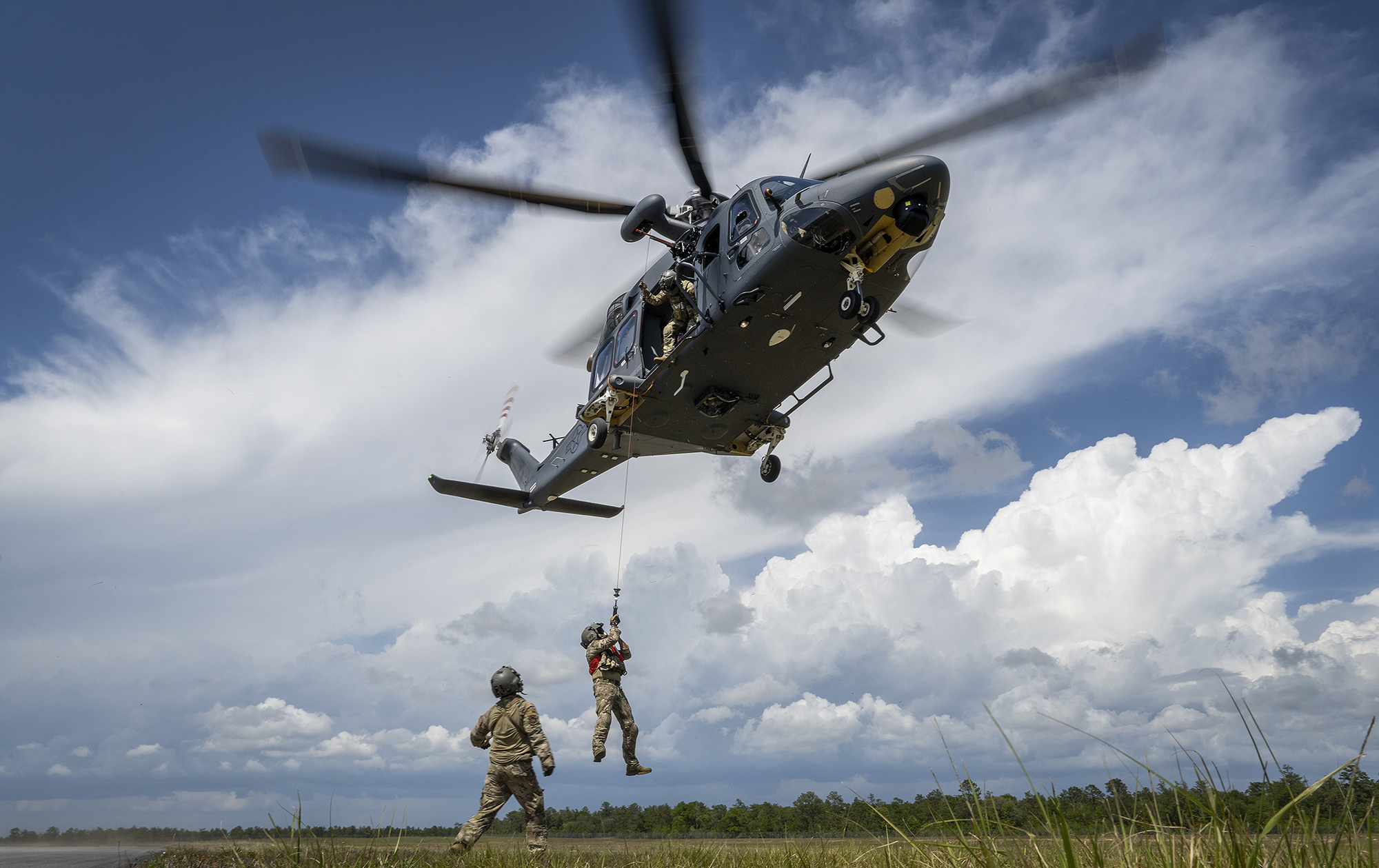The Department of Defense should “burn down” its formal process of setting requirements that meet joint service needs and replace with a more bottom-up, iterative process, two analysts with Pentagon and industry experience argue in blunt terms in a new paper from the Hudson Institute.
The Joint Capabilities and Integration Development System, or JCIDS, is a time-consuming, “low-value-added” bureaucratic mess that is “a burdensome layer of ceremony, divorced from the real decisions that shape America’s future military edge,” write William Greenwalt and Dan Patt.
Greenwalt served as deputy under secretary of defense for industrial policy and worked for both Congress and industry before becoming a senior fellow at the American Enterprise Institute. Patt worked at the Defense Advanced Research Projects Agency (DARPA) and in the technology industry before becoming a senior fellow at Hudson.
Created in 2003, JCIDS was meant to connect and harmonize requirements between the services. But while it was crafted with good intentions, it has been an impediment to cutting-edge capabilities and created “entrenched parochial interests,” Greenwalt and Patt claim. Despite 10 attempts over the last two decades to reform it, it has become a process-bound bureaucracy that adds, at a minimum, two years to the development of new capabilities while forcing services to stick with obsolete requirements set by committee.
As an alternative, the authors promote what they call a “Joint Operational Acceleration Pathway,” based on their premise that if a service discovers a capability with joint benefits which will enlarge that branch’s budget, it will pursue it. These capabilities would be discovered through experimentation and prototyping at the tactical and operational level, coming to service budgets through the regional combatant commanders.
Eliminating JCIDS would free up “energy, time and talent to focus on genuine innovation and rapid adaptation,” Greenwalt and Patt claim.
JCIDS, they say, is a “breeding ground for process tyranny.”
For example, even if a requirement has been validated through the process, there’s no guarantee resources will be provided for it. There is also no accountability for filling capability gaps, and the JCIDS process doesn’t “retire old wish lists that no longer match emerging threats,” they wrote. Rather, the process “imposes yearslong validation delays” on technological advancements, while U.S. adversaries can move much more quickly.
The authors also note there’s no mechanism in JCIDS to terminate a developmental program that has clearly been overtaken by events; rather, it “accumulates an ever-expanding inventory of so-called validated needs with no strategic triage.”
Moreover, “military officers and staffers spend countless hours quibbling over formatting and definitions; a single comment can stall progress for months,” Greenwalt and Patt write. The system “locks developers into rigid technical specifications before testing new ideas in the field, removing critical decision space from both program managers and industry innovators. Meanwhile, cross-service decisions and prioritization happen elsewhere.”
Most innovation in the Pentagon bypasses JCIDS entirely, the authors note, by coming through as a Joint Urgent Operational Need or as a mid-tier acquisition initiative, both of which aim to leap the “valley of death” between good ides and a service requirement. The authors also held up Rapid Capabilities Offices as an example of how to speed development by skipping the usual system of setting and vetting requirements, while being subjected to minimal oversight.
“These processes succeed largely by enabling individual leadership, securing dedicated funding, and letting technical trades and performance evolve with learning,” the authors said. “Meanwhile, JCIDS focuses on staffing documents that have no real positive impact.”
The process of entering a new need into the JCIDS process and getting a budget-ready, validated requirement out the other end can be laborious:
- A capabilities assessment and sponsor review can last 5-15 months
- Getting staffing and comments, resolving disputes and submitting the revised requirement is another 2-3 months
- Review by the Functional Capabilities Board, with a review by the Joint Requirements Oversight Council, and finalizing the paperwork takes another 2-7 months
- Total time: 8-25 months
The authors noted that programs exiting the process in 2015 spent an average 17 months in it, with a low of 8.3 months and a high of 30 months.
Rather than try to reform the process, Greenwalt and Patt concluded that JCIDS “has failed too completely to be rescued by another committee’s review or a fresh coat of bureaucratic paint. … No new [Key Performance Parameters], no revised membership, no inspired PowerPoint deck or new formatting appendix can salvage it.”
Instead, they argue that the Pentagon needs to act fast to meet the strategic needs of the moment. They urged senior leaders to end JCIDS with colorful, forceful language: “Put it out of its misery. … Bury it and salt the ground so that nothing resembling it ever grows back.”
Instead, Greenwalt and Patt claim their decentralized approach would start with “real-world experimentation and prototyping campaigns” to keep DOD in tune with and aligned to operational demands. There would be a fund to get programs going—a “Joint Acceleration Reserve” that “steps up to adopt and scale a proven cross-service concept.”
These initiatives would be vetted by a “dedicated execution hub would run iterative try-and-see efforts in realistic operating environments with actual uniformed operators, bringing together commercial prototypes, emerging tech from labs, well-integrated existing service systems, and [Combatant Command] user feedback,” they wrote.
If a concept proves out, it would get the Joint Acceleration Reserve funding. In turn, the services would have an incentive “to pick up joint or cross-domain solutions and invest in them for the long haul.”
The paper endorses the concept of “operational imperatives”—like those set by former Air Force Secretary Frank Kendall—which they define as “concise statements of critical warfighting challenges identified by combatant commands and backed by DOD leadership.”
“This problem-centric focus would free innovators and operators to experiment with diverse solutions rather than adhere to an inflexible blueprint,” they added.
